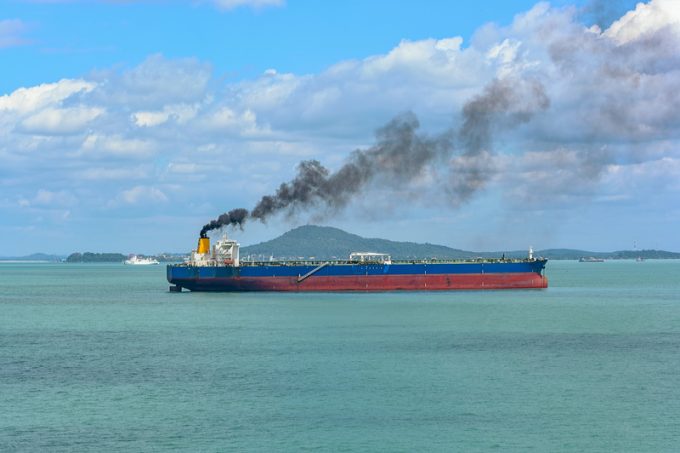End of de minimis adds to an already gloomy forecast for air freight
Stakeholders are quickly coming to terms with what the end of de minimis will mean ...

Emissions are expected to increase significantly as shipping lines avoid the Suez Canal and their vessels take the long route around southern Africa.
The route will add some 3,000 nautical miles and five days to each voyage, with additional fuel consumption that could be more than ...

Comment on this article